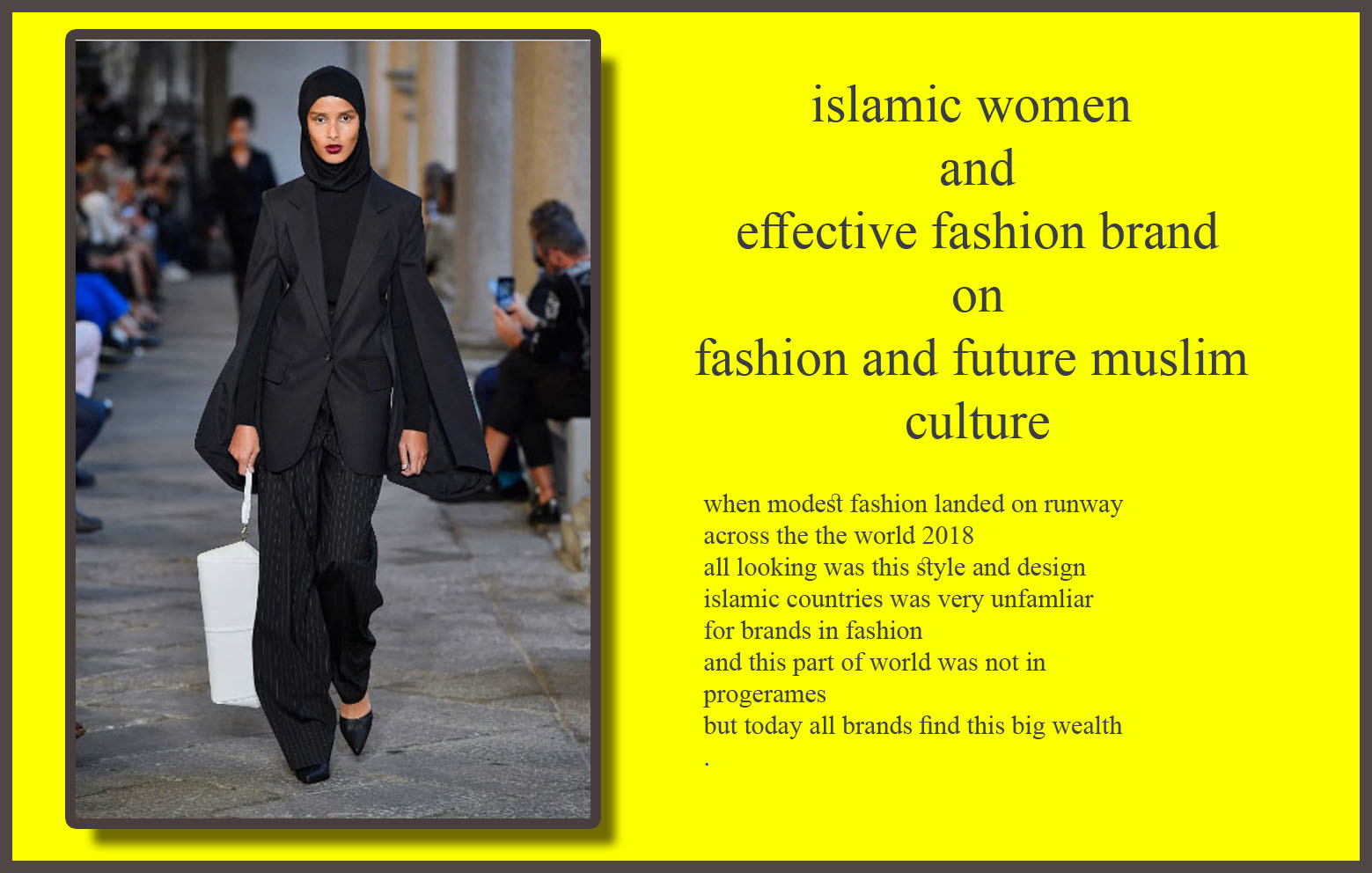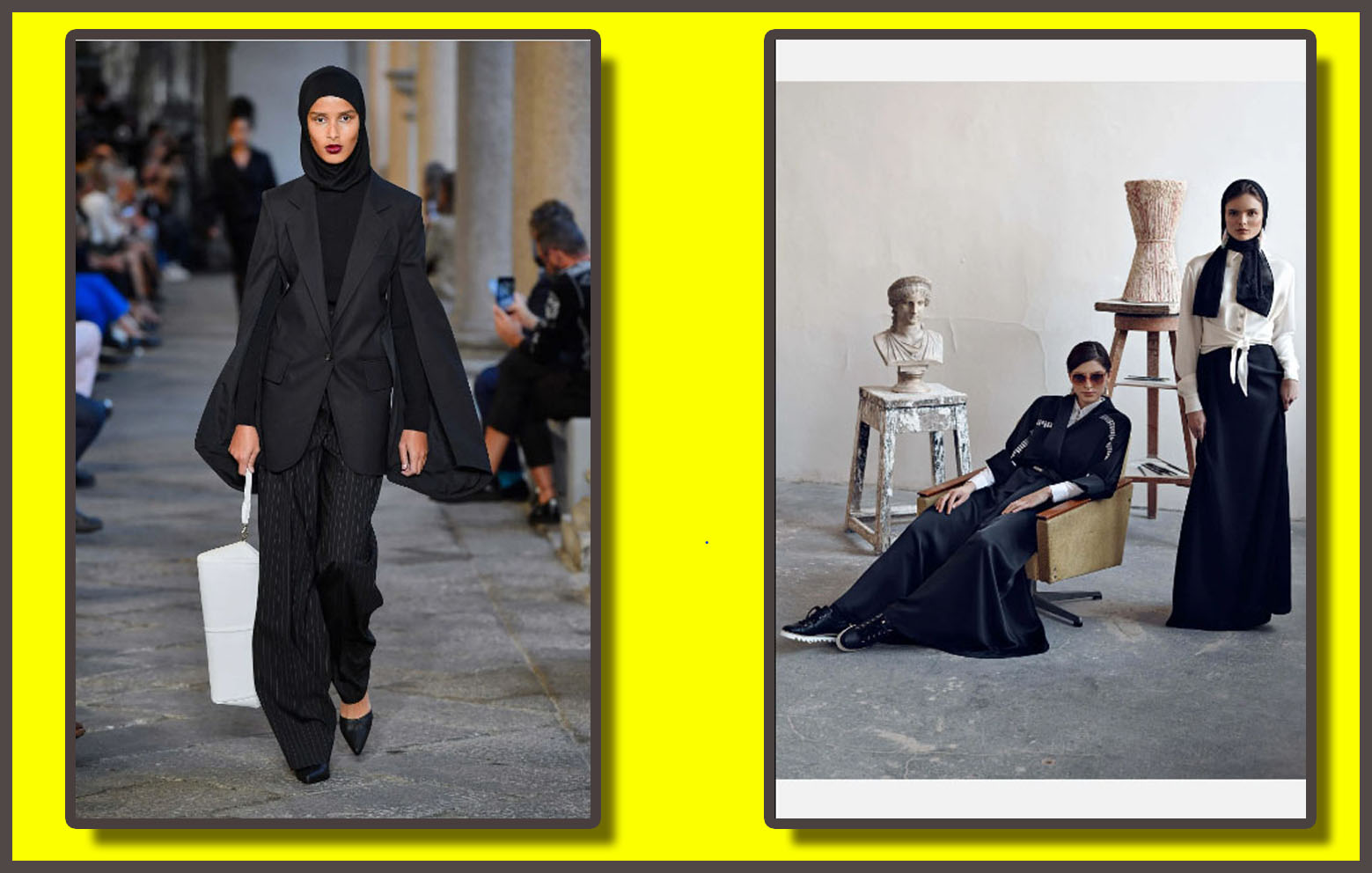
bonyadi magazine
When modest fashion landed on runways across the world in 2018, it seemed like a turning point in fashion. At long last, brands were ready to embrace modest-dressing consumers. Three years on, however, progress has been slower than anticipated and luxury brands are failing to reach Muslim consumers
For TikTok influencer Maha Gondal, finding premium brands that design modest clothing is a constant challenge. The 25-year-old made the decision not to shop at major luxury brands, turning to independent designers like Daily Paper and Louella. “It’s definitely hard to shop as a Muslim person,” she says. “I think luxury houses are really lacking — yes, they are becoming more diverse and are trying to be more inclusive, but they’re still very Muslim limited

The modest fashion market is growing, providing ample opportunities for luxury brands — after all, there are more than 1.8 billion Muslims. It encompasses consumers who choose to dress modestly for religious and cultural reasons through to those who do so for stylistic choices. According to the State of the Global Islamic Economy Report 2020/21, the modest fashion industry is valued at $277 billion and is estimated to reach $311 billion by 2024. The largest markets for modest fashion include Iran, Turkey and Saudi Arabia, with strong growth predicted for countries such as Indonesia
This opens up new frontiers for luxury brands. “Kuala Lumpur, Malaysia, has been identified as a possible new hub for luxury items. Nigeria also has a high potential for luxury goods with its large Muslim population and abundance of high-net-worth individuals,” says Aaliya Mia, senior associate at DinarStandard, a strategy, research and advisory firm










